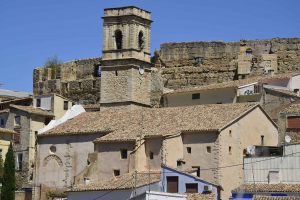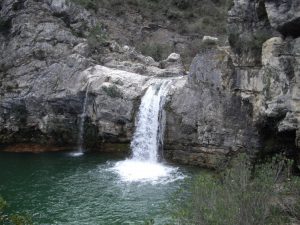Mills of the deep ravine
The Fondo ravine is located to the northeast of the urban nucleus of the town of Planes, with a cliff of about 50 meters of altitude on the left side. The water comes from the Font Nova and its entire hydraulic system, highlighted by the aqueduct. It is in the...









